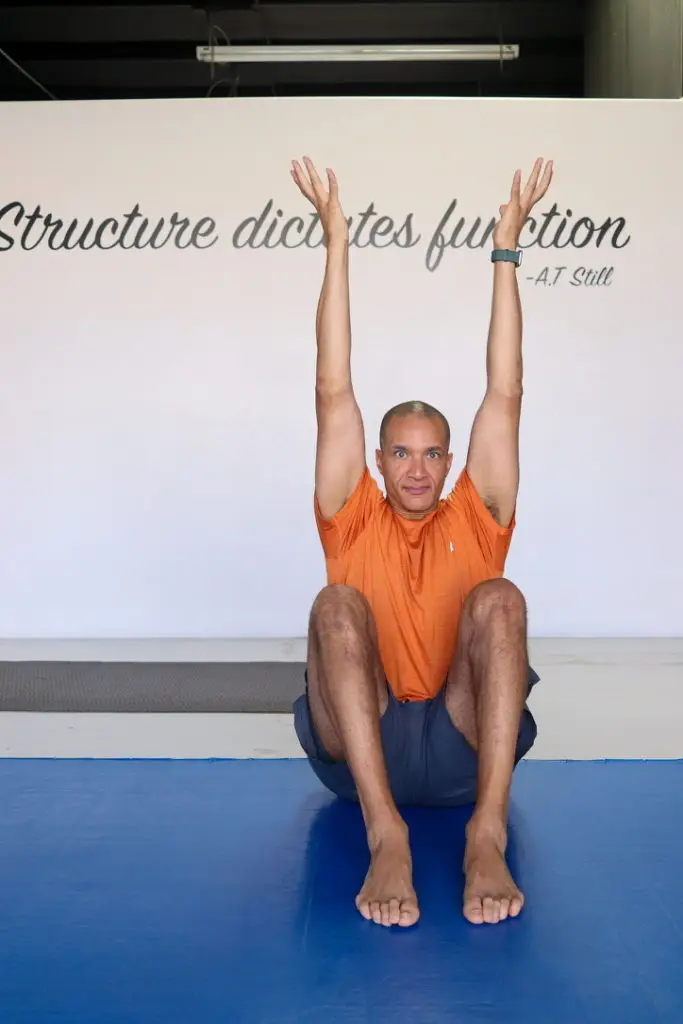
“I just want to be out of pain.” It’s a wish nearly everyone has uttered whether after a bad night’s sleep, a gardening mishap, or years of nagging aches. But the paradox is this: truly escaping pain long-term doesn’t involve avoiding it at all costs. It almost always means moving through discomfort, addressing the root cause, and correcting imbalances even when it’s challenging.
Pain: Not the Enemy, but a Messenger
Pain is your body’s dashboard light an alert that something is amiss. At first, it’s a whisper: a twinge while walking, dullness after a workout. Ignore it, and the volume rises: throbbing, stabs, or loss of mobility. Eventually, untreated pain will disrupt sleep, mood, relationships, and even your vision for the life you want.
Client story “Paul’s Pattern
Paul loved hiking but developed recurring knee pain that started as occasional stiffness and morphed over months into chronic swelling. He tried band-aid fixes NSAIDs, ice packs, even a cortisone injection. Pain diminished… briefly. But the problem wasn’t gone it simply went silent until the next adventure.
Two Roads: Mask or Correct
There are really only two options:
- Mask the pain: Medications, passive modalities (ice/heat), or quick treatments offer momentary relief but rarely address why the pain existed in the first place.
- Correct the root: This path is more challenging. It requires assessment, addressing movement patterns, building resilience, and yes—sometimes working through discomfort to restore function.
Why the Quick Fix Usually Fails
Covering up pain or chasing only comfort leads to…
- Reliance on escalating meds or procedures (Tylenol > opioids > cortisone > surgery)
- Greater tissue breakdown behind the scenes
- Loss of confidence in your body, fear of movement, and in time… more pain
It’s like duct-taping over a check engine light.
The Courage to Correct
Story “Terri’s Turnaround
Terri, a runner, had low back pain off and on for years. Every time it flared, she’d skip core work and double down on “rest.” She never got lasting relief because she never addressed why her back hurt: weak glutes, stiff thoracic spine, and poor pelvic stability. With support at Sol Core, Terri committed to a program focused on mobility, core strengthening, and gradual progress sometimes through discomfort. Did it hurt at first? Sure. But within three months, her pain was gone, running was easier, and her confidence soared.
True Recovery Means Facing the Source
Long-term change relies on:
- Assessment: Find WHY pain is present (movement dysfunction, imbalance, weakness, compensation).
- Precision: Use corrective exercise and manual therapy to restore optimal patterns—don’t guess or self-treat randomly.
- Consistent, Targeted Effort: Improvements take time. Your nervous system, joints, and fascia adapt only with persistent, quality input.
- Learning Your Signals: Pain is rarely “fixed” overnight. Honor signals—differentiate productive discomfort from warning pain.
Why Even “No Pain” Isn’t Always Good News
Some clients say, “But I don’t hurt now—do I need to change?” Yes. The body is good at compensating (masking imbalances by overusing other tissues). Pain is sometimes the last sign. Like thirst, once it hits you, you’re already dehydrated.
Client Example: Maya’s “Hidden” Knee Risk
Maya, a hiker, had great energy no pain yet but her squat form and stair gait were off. Early intervention with a holistic exercise and fitness program corrected these patterns, preventing the injuries many of her friends later faced.
The Mindset Shift: See Discomfort as Positive
- Productive Discomfort: Good pain is what you feel when a tight muscle finally stretches, or weak tissue begins to fire correctly.
- Destructive Discomfort: Bad pain is sharp, stabbing, or worsening with good alignment—signal to stop and reboot.
- Growth Mindset: Understand that challenge yields resilience. The short-term test leads to robust, pain-free living.
Blending Therapy and Training
At SolCore, our [holistic exercise and fitness program] uses a blend:
- Assessment: Functional screens, posture checks, history review
- Osteopathic manual therapy: To restore joint and fascial mobility
- Corrective exercise: To teach your brain and body new, pain-free movement patterns (ELDOA, myofascial stretching, core stability)
- Progressive overload: Safe intensity increases to develop strength and function for real life
When Rest Becomes Harmful
Rest is crucial in acute injury, but rest without re-training fosters stiffness, weakness, and recurrence. The right movement is medicine.
Facing Fear: Why We Procrastinate
Many fear discomfort—“What if I make it worse?” The right guide helps you differentiate helpful pain from harmful, and supports you one step at a time.
Results That Last
- Pain relief that doesn’t return
- More confidence and strength for life’s demands
- Skills to manage future setbacks, instead of cycling back to square one
Ready for REAL Progress?
Don’t settle for fleeting relief. Take the courageous route: address the root, learn the signs, and embrace the wisdom of discomfort. If you’re ready to truly break the pain cycle, start with our holistic exercise and fitness program you’ll gain more than just comfort; you’ll unlock lifelong energy and freedom.
It’s not just working out, it’s building a foundation for a better life.
Find out more @

Leave a Reply